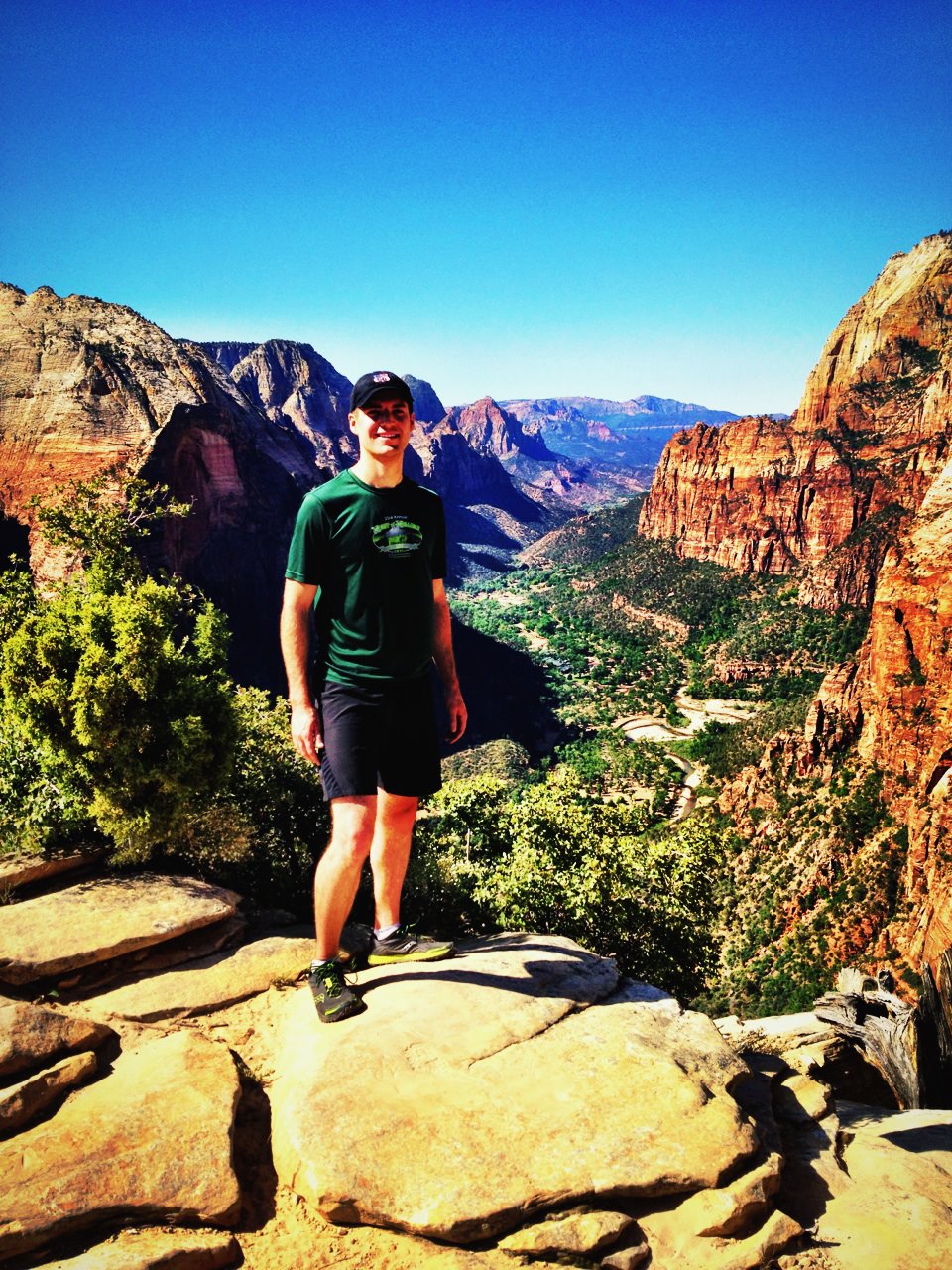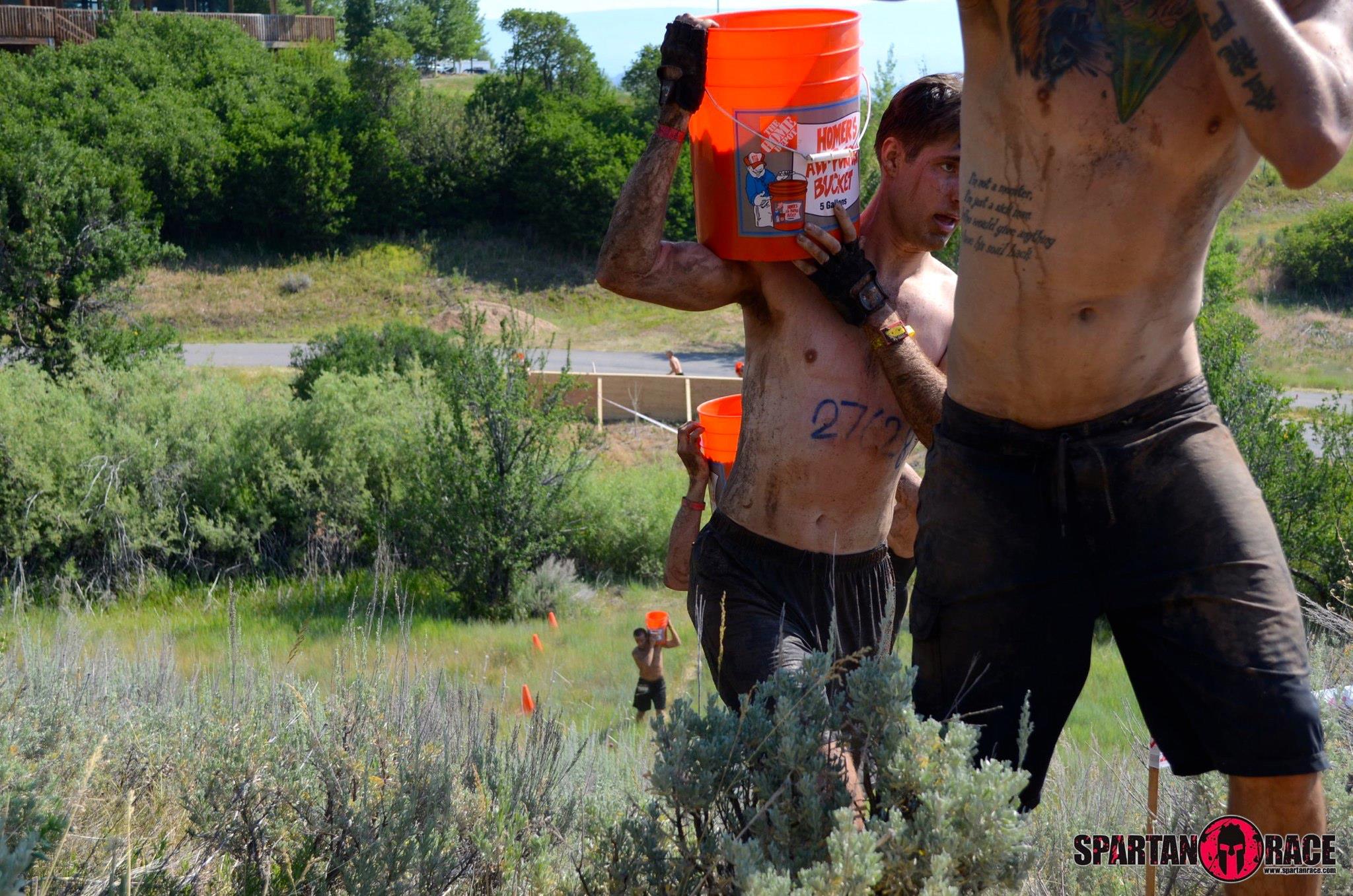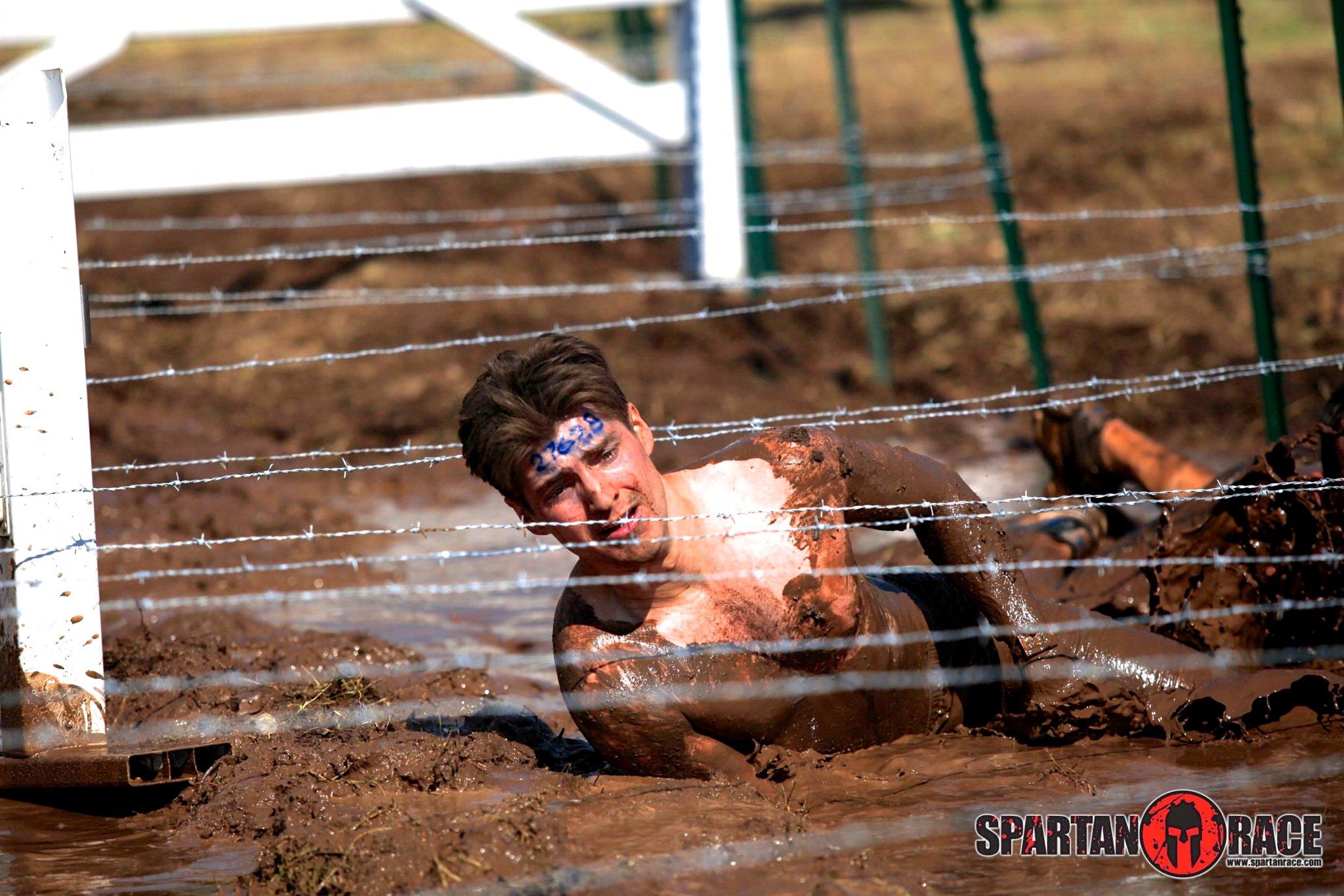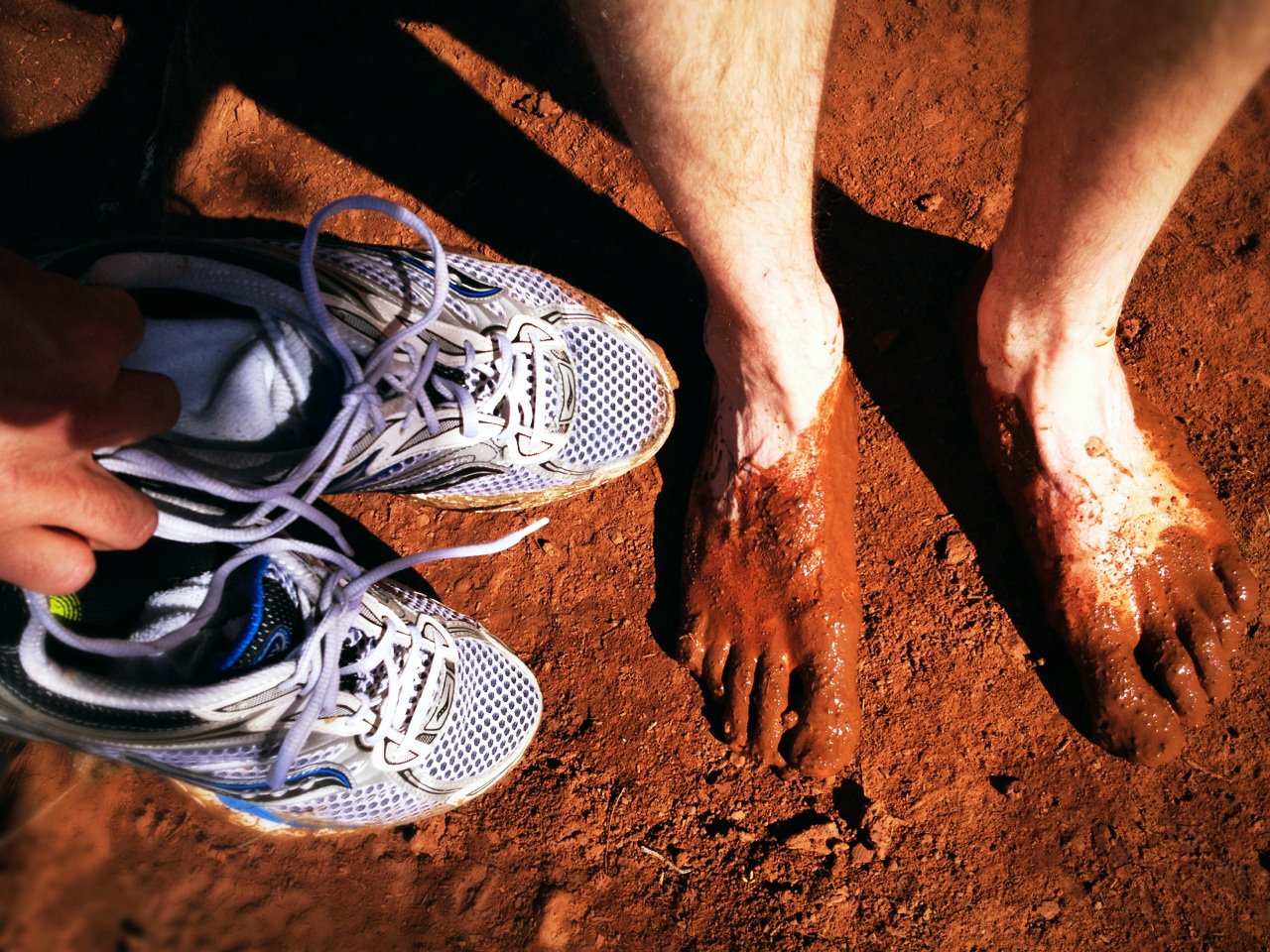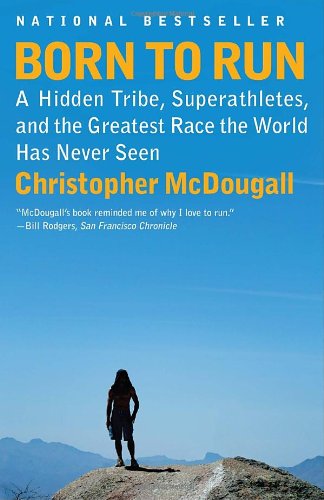Prompted by Katy Bowman at katysays.com
1. What was your biggest health triumph in 2014? Training for and completing my first (and second) ultra-marathon.
2. What was the smartest health decision you made in 2014? Decreasing my mileage to focus on correcting my lower extremity function.
3. What one word best sums up and describes your 2014 health experience? Exploratory. From high-carb quasi-vegetarian, to low-carb/high-fat with plenty of bacon, I've played with a variety of approaches.
4. What was the greatest lesson about health you learned in 2014? It's not so much about the macro-nutrients as the form they come in.
5. What was the most loving service that you performed in 2014? Chiropractic humanitarian trip to Haiti and the Dominican Republic.
6. What is your biggest piece of “unfinished (health) business” in 2014? Improving strength and increasing lean body mass.
7. What (about your health) are you most happy about completing in 2014? Finishing an ultra-marathon.
8. Who were the three people with the greatest impact on your health life in 2014? My roommate, Marina. Her simple meals of veggies and protein flavored by herbs & spices have changed the way I look at cooking. Dean Karnazes and Scott Jurek. While both are ultra-runners, their diets and life-styles are different. One follows a paleo/cave-man diet with plenty of fish while the other is a strict vegan. Katy Bowman. I heard about her a couple of years ago, but have only recently paid attention. Surprisingly, she's written a lot of the same thoughts on natural movement and general health that I've slowly had over the years, though she does a much better job developing them into coherent and well supported articles (and makes a career out of it).
9. What is the biggest health risk you took in 2014? Running an ultra-marathon. Due to my flat feet, classic lower-crossed syndrome, and switch to minimalist footwear, I've experienced a number of issues with my ankles, knees, and hips that could have worsened. There's also a slight chance I have some inherited heart condition that could have manifested in a grueling race, but didn't.
10. What was your biggest health surprise in 2014? Learning about FODMAPs as a more likely culprit than gluten (and being thankful I don't have to avoid them - I need avocados).
11. What important health relationship improved most in 2014? Awareness of my use of electronics - particularly iPhone, iPad. I still use them - a lot - but I am more conscious of when and how.
12. What compliment would you have liked to received but didn’t? Damn, you sexy! (Actually, I got that one, just in a different language.)
13. What compliment would you have liked to have given but didn’t? You look fit and healthy all at the same time.
14. What else do you need to do or say to be complete with 2014? Break my dependence on sweets and refined sugars.




